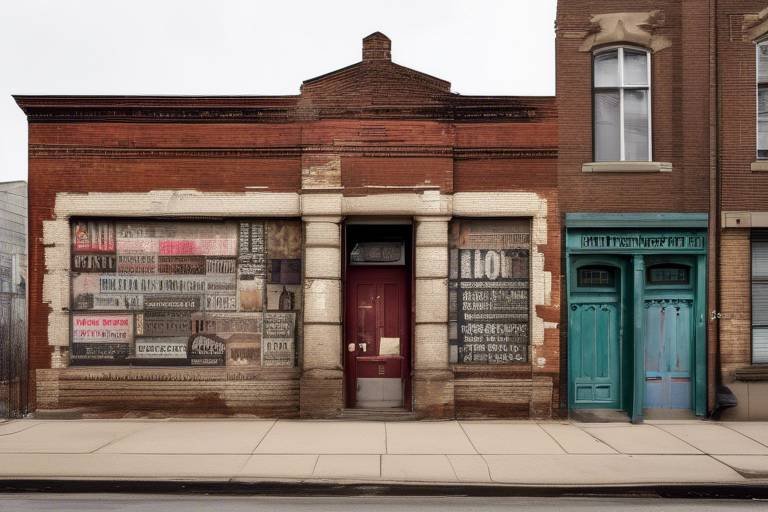Exploring the Challenges of Heritage Preservation in Urban Areas
Preserving heritage in urban areas presents a myriad of challenges that require careful consideration and strategic planning. The juxtaposition of historical significance and modern development often leads to conflicts that demand innovative solutions. The delicate balance between conserving the past and embracing the future is a tightrope walk that urban planners and preservationists must navigate with precision.
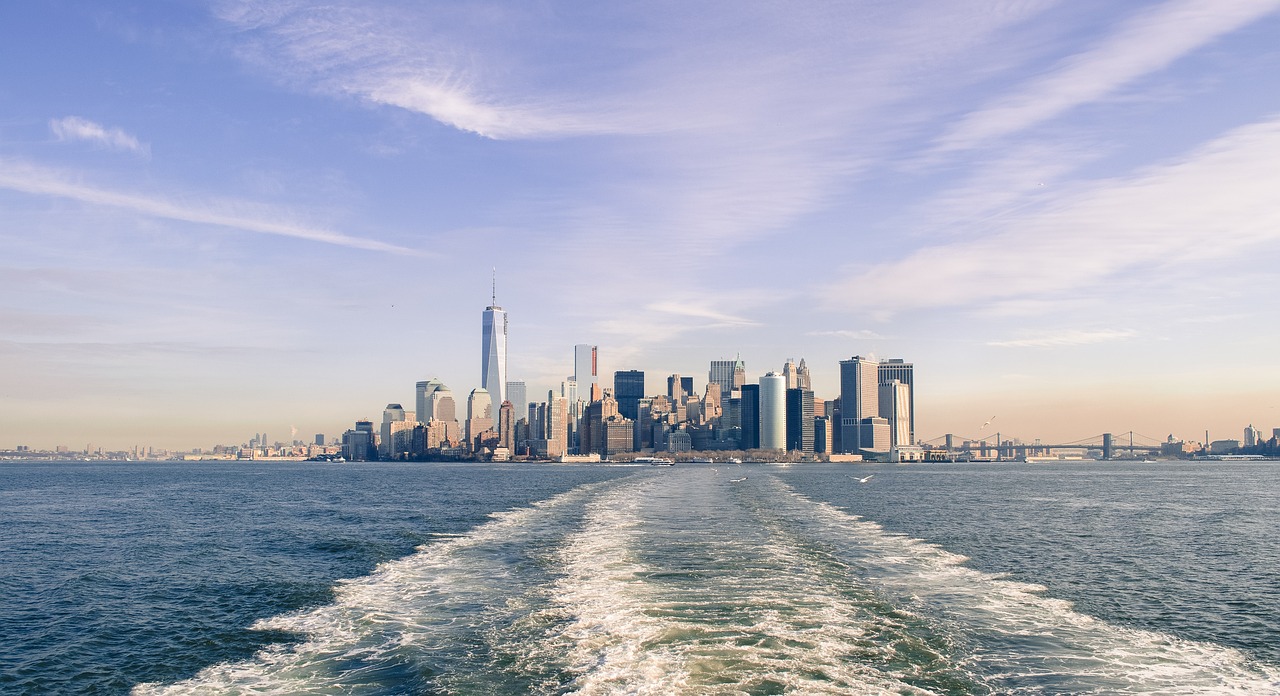
Importance of Heritage Preservation
Understanding the significance of preserving historical sites and cultural heritage in urban settings is crucial for maintaining the identity and character of a city. Heritage preservation plays a vital role in promoting tourism by attracting visitors who are interested in exploring the rich history and unique cultural aspects of a place. It serves as a link between the past and the present, allowing future generations to appreciate and learn from the heritage left behind by their ancestors.

Urban Development Pressures
In the dynamic landscape of urban areas, the clash between preserving historical heritage and accommodating modern development is a constant struggle. The pressure to expand, renovate, and innovate often comes at the cost of demolishing or altering historical buildings and sites that hold cultural significance. Imagine a city as a living organism, constantly evolving and adapting to the changing needs of its inhabitants. Just like how a tree grows and sheds its leaves to make room for new growth, urban areas must balance the preservation of their roots with the demands of progress.
The allure of modern infrastructure, high-rise buildings, and advanced technology can overshadow the value of preserving historical landmarks that tell the stories of a city's past. It's like a tug of war between the desire for shiny new attractions and the need to maintain a connection to our roots. The challenge lies in finding a harmonious coexistence between the old and the new, where history is not sacrificed at the altar of development but rather integrated into the fabric of progress.
Moreover, the economic pressures of urban development often prioritize profit over preservation. Developers may see historical sites as obstacles to lucrative real estate projects, leading to the neglect or destruction of heritage buildings. It's akin to a battle between the heart and the wallet, where short-term gains threaten the long-term cultural richness of a city. Balancing the economic benefits of development with the irreplaceable value of heritage requires a delicate dance between progress and preservation.
In this complex dance of urban development pressures, stakeholders must navigate the fine line between growth and conservation. It's like trying to juggle precious heirlooms while walking on a tightrope – one misstep, and the delicate balance between progress and heritage preservation can be disrupted. The key lies in fostering a mutual understanding among developers, policymakers, and the community to ensure that the legacy of the past is not sacrificed at the altar of urban expansion.

Community Engagement in Preservation
Community engagement plays a crucial role in the preservation of heritage sites in urban areas. When local residents are actively involved in the conservation efforts, it fosters a sense of ownership and pride in the historical significance of their surroundings. By engaging the community, preservation projects can benefit from diverse perspectives and knowledge that can contribute to more comprehensive and sustainable solutions.
One effective way to engage the community is through educational programs and workshops that raise awareness about the importance of heritage preservation. These initiatives can help residents understand the value of preserving historical sites and the impact it has on maintaining the cultural identity of their community. By involving schools, local organizations, and residents in educational activities, a sense of collective responsibility towards heritage preservation can be fostered.
Additionally, community engagement can involve participatory decision-making processes where residents have a voice in the planning and implementation of preservation projects. This collaborative approach not only ensures that the needs and concerns of the community are taken into account but also builds trust and strengthens relationships between stakeholders.
Furthermore, creating opportunities for community members to actively participate in preservation activities, such as volunteer clean-up days or guided tours of heritage sites, can deepen their connection to the history of their neighborhood. By involving residents in hands-on experiences, a sense of stewardship and appreciation for the cultural heritage of the area can be cultivated.
It is essential for preservation initiatives to be inclusive and accessible to all members of the community, regardless of age, background, or socioeconomic status. By creating a welcoming and engaging environment, heritage preservation efforts can become a unifying force that brings people together and strengthens the social fabric of urban neighborhoods.
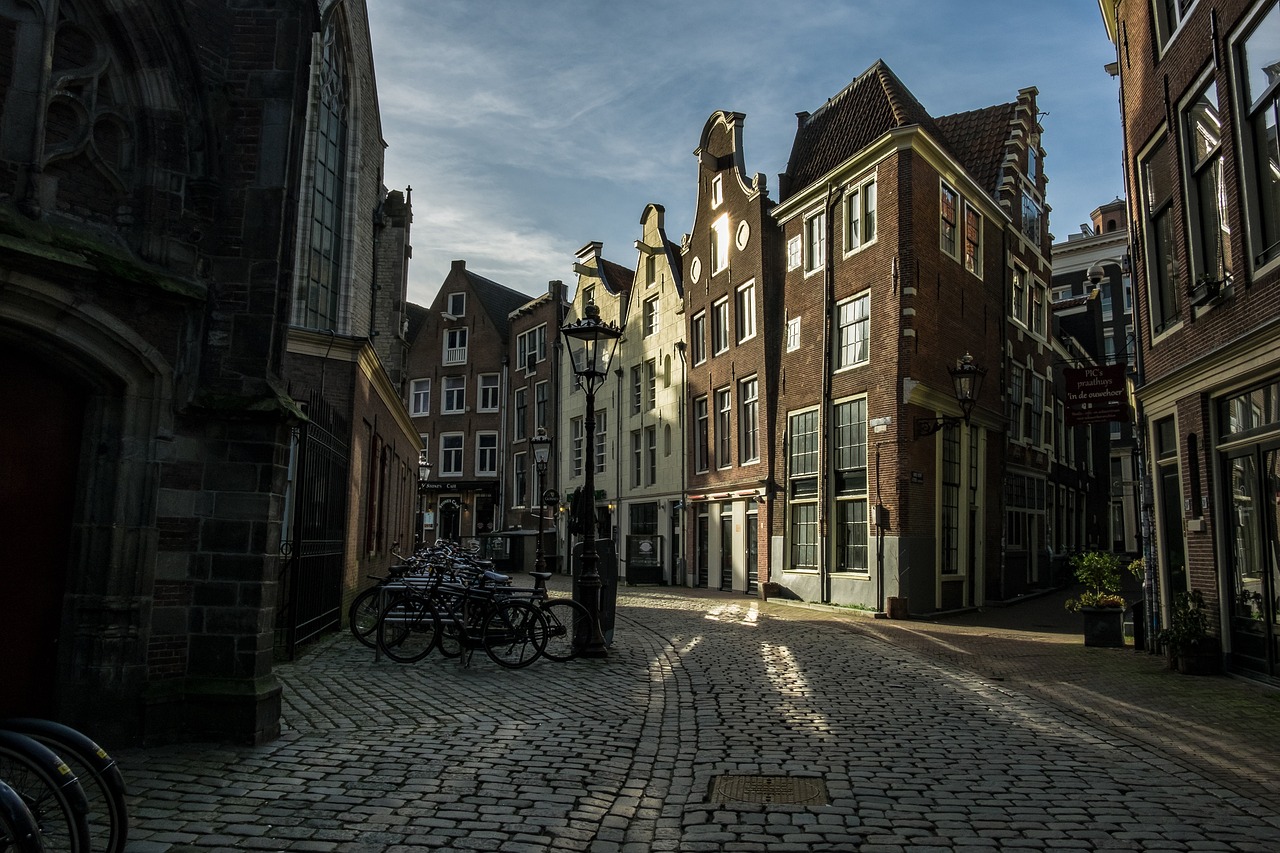
Financial Constraints
When delving into the realm of heritage preservation in urban areas, one cannot overlook the significant financial constraints that often hinder such endeavors. The preservation and restoration of historical buildings and sites require substantial financial investments, posing a challenge for both public and private entities involved in these projects. The costs associated with maintaining and conserving heritage structures can be exorbitant, especially when considering the need for specialized expertise, materials, and ongoing maintenance.
Moreover, funding sources for heritage preservation projects are often limited, leading to fierce competition for grants, sponsorships, and donations. Securing sustainable financial support for long-term preservation efforts becomes a daunting task, particularly in the face of other pressing urban development priorities that may seem more immediately beneficial or profitable.
One approach to addressing financial constraints in heritage preservation is through innovative funding models and partnerships. Public-private collaborations, heritage conservation trusts, and crowdfunding initiatives have emerged as alternative sources of funding for heritage projects. These creative financing mechanisms not only help raise the necessary capital but also foster community engagement and ownership of the preservation process.
Additionally, leveraging the economic value of heritage sites through heritage tourism and cultural events can generate revenue streams to support ongoing preservation efforts. By highlighting the historical significance and unique cultural heritage of urban areas, stakeholders can attract visitors, stimulate local economies, and secure funding for heritage conservation activities.
In navigating the intricate landscape of financial constraints in heritage preservation, strategic planning, transparent budgeting, and effective communication are essential. Building partnerships with philanthropic organizations, government agencies, and heritage enthusiasts can broaden the funding base and ensure the sustainability of heritage preservation initiatives in urban environments.
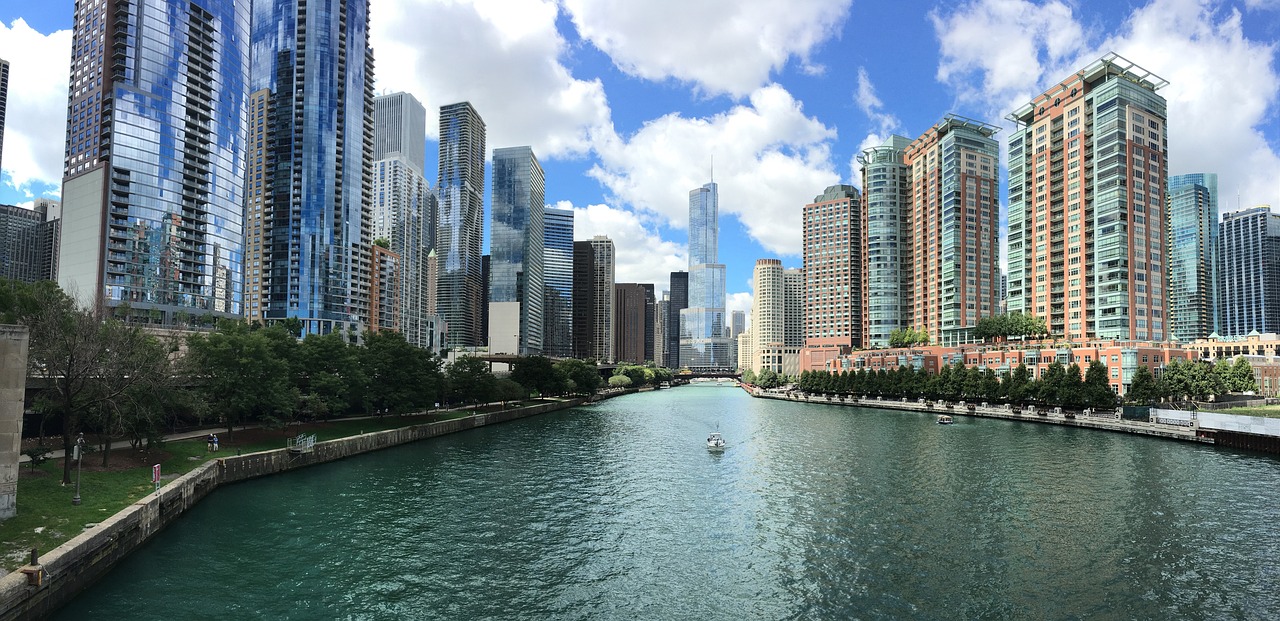
Legal Frameworks and Regulations
Legal frameworks and regulations play a crucial role in safeguarding the heritage of urban areas. These laws are designed to protect historical sites, buildings, and cultural assets from destruction or inappropriate alterations. By establishing guidelines and restrictions, governments aim to balance the need for urban development with the preservation of heritage.
One key aspect of legal frameworks is the designation of heritage sites as protected areas. This status grants them legal protection against demolition or significant modifications that could compromise their historical value. Additionally, regulations often dictate the types of activities that can take place near heritage sites to prevent any detrimental impact on their integrity.
Furthermore, legal frameworks outline the process for obtaining permits for renovation or construction projects in proximity to heritage sites. These permits typically involve strict guidelines to ensure that any new developments are in harmony with the surrounding historical context. Compliance with these regulations is essential to avoid fines or legal action.
In some cases, legal frameworks also include incentives to encourage property owners to maintain and preserve heritage buildings. These incentives can range from tax breaks to grants for restoration projects, providing financial support to offset the costs associated with heritage preservation.
Overall, legal frameworks and regulations serve as a crucial tool in the protection of urban heritage. By establishing clear guidelines and enforcement mechanisms, governments can ensure that historical sites and cultural assets are safeguarded for future generations to enjoy and appreciate.
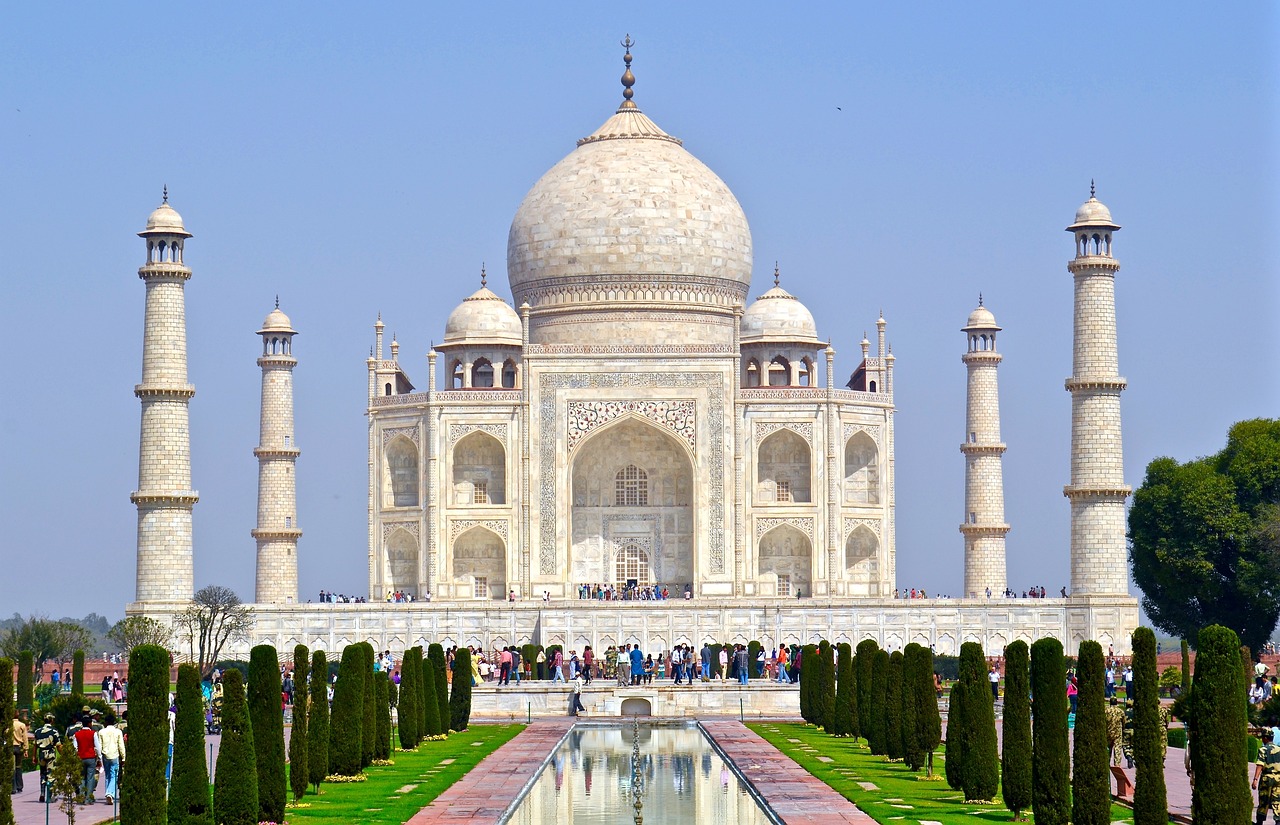
Technological Innovations in Preservation
The preservation of historical sites and cultural heritage in urban areas is crucial for maintaining a sense of identity and promoting tourism. These sites are not just relics of the past; they are living testaments to our history and must be safeguarded for future generations to appreciate.
Technology has revolutionized the way we document and conserve heritage sites in urban environments. Digital mapping and 3D modeling have become invaluable tools in the preservation process, allowing for detailed and accurate representations of historical buildings and artifacts. By digitizing these sites, we can create virtual replicas that can be accessed and studied by researchers and the public alike.
Furthermore, advancements in virtual reality (VR) and augmented reality (AR) have opened up new possibilities for experiencing heritage sites in immersive ways. Visitors can now explore ancient ruins or historical landmarks virtually, gaining a deeper understanding of their significance without physically being present.
Additionally, the use of drones and LiDAR technology has enabled archaeologists and preservationists to survey and map large areas quickly and efficiently. These tools provide high-resolution images and data that aid in the conservation and restoration of heritage sites, helping to ensure their longevity in the face of urban development pressures and environmental threats.
Incorporating these technological innovations into heritage preservation efforts not only enhances our ability to protect these valuable assets but also allows for greater public engagement and appreciation of our shared history.

Climate Change Impact on Heritage
Climate change poses a significant threat to the preservation of urban heritage sites worldwide. The increasing frequency and intensity of extreme weather events, such as hurricanes, floods, and wildfires, are putting historical buildings and cultural landmarks at risk. These sites, often fragile and susceptible to environmental changes, face erosion, deterioration, and structural damage due to climate-related factors.
Moreover, rising sea levels due to global warming endanger coastal heritage sites, leading to potential inundation and loss of invaluable cultural assets. The delicate balance of ecosystems surrounding heritage areas is disrupted by climate change, affecting not only the sites themselves but also the surrounding environment and communities.
Efforts to mitigate the impact of climate change on urban heritage involve implementing sustainable conservation practices, such as using eco-friendly materials, improving energy efficiency, and adopting resilient design strategies. Collaborative initiatives between heritage preservation experts, environmental scientists, and local communities are crucial in developing adaptation plans to safeguard these vulnerable sites.
Furthermore, raising awareness about the intersection of climate change and heritage preservation is essential in mobilizing support for proactive measures. Education on the importance of sustainable development and the preservation of historical sites can empower individuals to contribute to the protection of urban heritage in the face of environmental challenges.
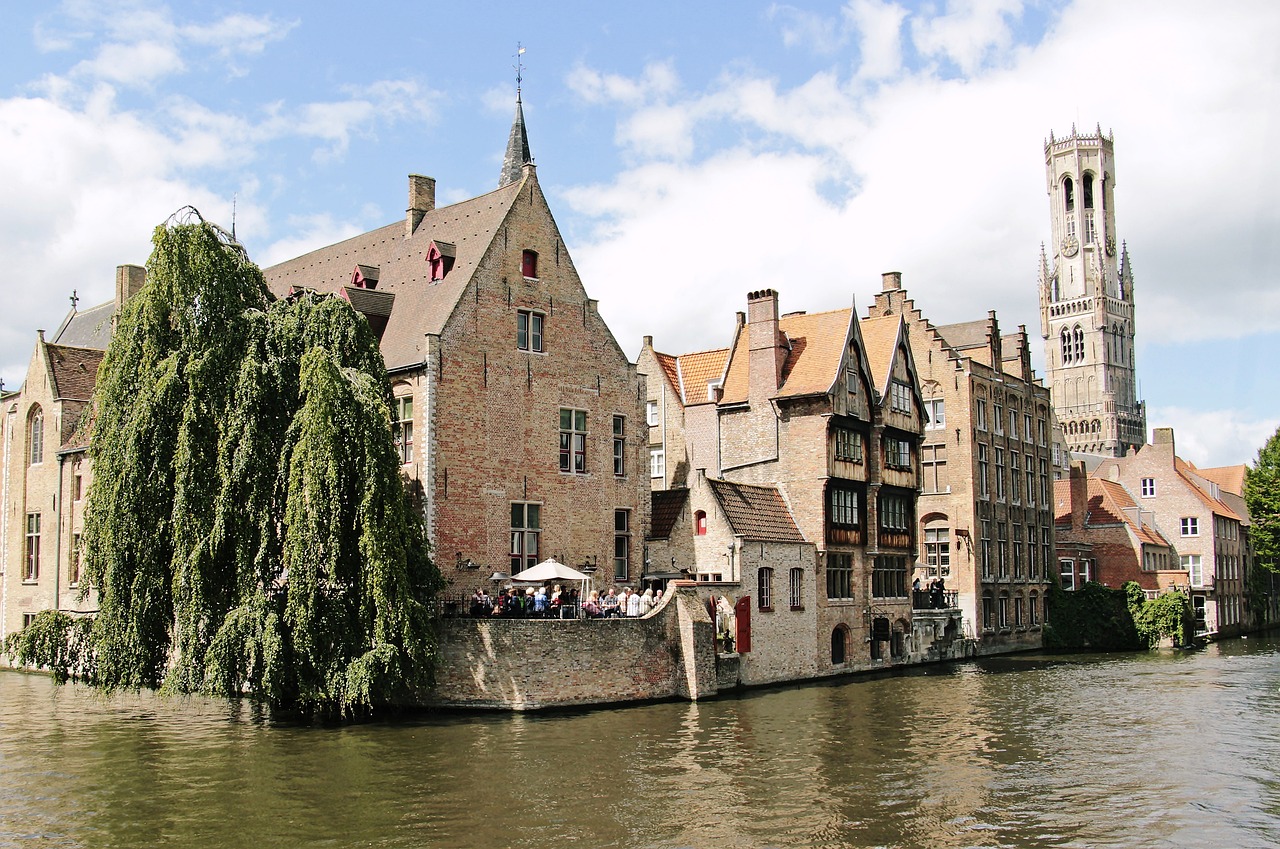
Public Awareness and Education
Importance of Heritage Preservation: Preserving historical sites and cultural heritage in urban areas is crucial for maintaining a sense of identity and promoting tourism. These sites are not just physical structures but repositories of stories, traditions, and values that connect us to our past.
Urban Development Pressures: The clash between the need for modern urban development and the preservation of historical buildings and sites is a constant challenge. As cities grow and evolve, the pressure to make way for new infrastructure often puts these heritage sites at risk.
Community Engagement in Preservation: Engaging the community in heritage preservation efforts is essential for garnering support and creating a sense of ownership. However, getting people actively involved in these projects can be a challenge, requiring effective communication and outreach strategies.
Financial Constraints: Heritage preservation projects in urban areas often face significant financial hurdles. From maintenance costs to restoration expenses, finding sustainable funding sources remains a major obstacle. Exploring public-private partnerships and heritage grants could offer potential solutions.
Legal Frameworks and Regulations: Laws and regulations play a crucial role in protecting heritage sites in urban environments. However, the effectiveness of these frameworks can vary, and enforcement issues may arise. Striking a balance between development needs and heritage protection is a delicate task.
Technological Innovations in Preservation: Technology, such as digital mapping and 3D modeling, is revolutionizing the way heritage sites are documented and conserved. These tools enable accurate preservation planning and facilitate virtual tours, making heritage more accessible to a wider audience.
Climate Change Impact on Heritage: Climate change poses a significant threat to urban heritage sites, increasing the risk of damage from extreme weather events and rising sea levels. Implementing sustainable practices and adaptive strategies is crucial for safeguarding these vulnerable landmarks.
Public Awareness and Education: Raising public awareness and providing education on the value of heritage preservation in urban areas is key to fostering a culture of appreciation and stewardship. By highlighting the social, economic, and environmental benefits of preserving heritage, communities can become more actively involved in safeguarding their past.
International Collaboration in Preservation: Collaborating internationally in heritage preservation efforts offers a wealth of knowledge exchange and best practice sharing. However, navigating cultural differences, funding disparities, and logistical challenges can complicate these partnerships. Finding common ground and mutual goals is essential for successful collaboration.
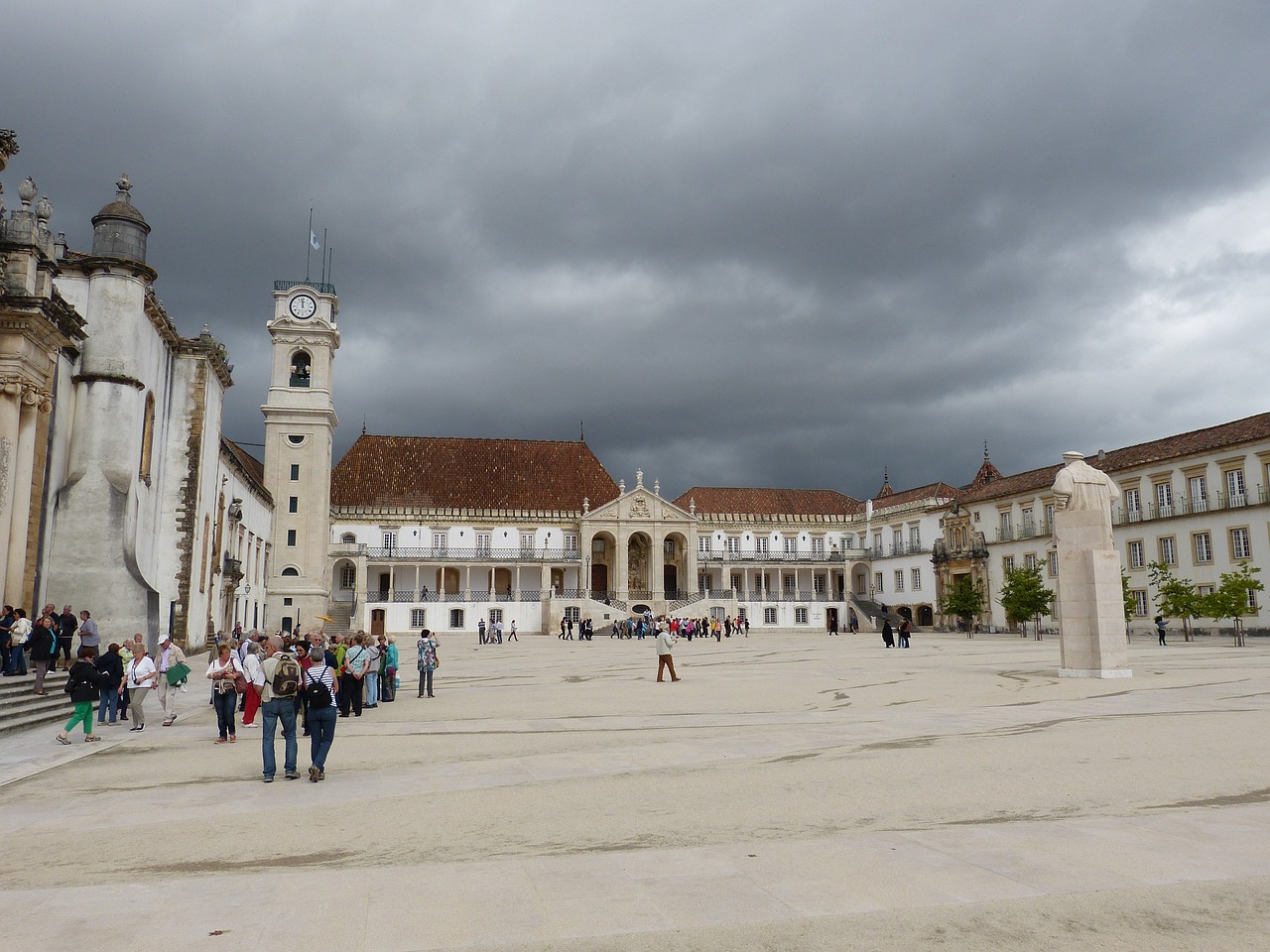
International Collaboration in Preservation
International collaboration plays a crucial role in the preservation of urban heritage sites around the world. By joining forces and sharing expertise, countries can work together to safeguard historical buildings and cultural treasures for future generations. This collaboration allows for the exchange of best practices, innovative conservation techniques, and financial resources to support large-scale preservation projects.
One significant benefit of international cooperation in heritage preservation is the opportunity to learn from diverse cultural perspectives and approaches. Different countries may face similar challenges in protecting their urban heritage, and by collaborating, they can develop comprehensive solutions that take into account various cultural, social, and economic factors.
Moreover, international partnerships can help raise awareness on a global scale about the importance of preserving urban heritage. By showcasing successful preservation initiatives from different parts of the world, countries can inspire others to take action and invest in protecting their own historical sites.
However, despite the numerous advantages of international collaboration in heritage preservation, there are challenges that must be addressed. These include differences in legal frameworks, funding mechanisms, and cultural attitudes towards heritage conservation. Overcoming these obstacles requires open communication, mutual respect, and a shared commitment to the preservation of urban heritage.
In conclusion, international collaboration in heritage preservation is essential for ensuring the continued protection and appreciation of urban heritage sites worldwide. By working together, countries can overcome challenges, leverage resources, and celebrate the rich cultural diversity that urban heritage represents.
Frequently Asked Questions
- What is heritage preservation?
Heritage preservation is the practice of protecting and conserving historical sites, buildings, artifacts, and traditions to maintain cultural identity and promote understanding of the past for future generations.
- Why is heritage preservation important in urban areas?
Preserving heritage in urban settings helps maintain a sense of history and identity, attracts tourism, fosters community pride, and contributes to sustainable development by blending modernity with tradition.
- What are the challenges faced in heritage preservation?
Challenges include balancing development needs with conservation, securing funding for preservation projects, navigating legal frameworks, engaging the community, addressing climate change impacts, and leveraging technological innovations for documentation and conservation.
- How can the community contribute to heritage preservation?
Communities can contribute by participating in preservation initiatives, advocating for heritage protection, volunteering for conservation efforts, raising awareness about the value of heritage, and supporting sustainable tourism practices.
- What role does technology play in heritage preservation?
Technology aids in digital documentation, 3D modeling, virtual tours, conservation monitoring, and data analysis, enhancing the efficiency and accuracy of preservation efforts while ensuring the long-term sustainability of heritage sites.
- How does climate change impact urban heritage sites?
Climate change poses risks such as flooding, erosion, extreme weather events, and temperature fluctuations that threaten the structural integrity and cultural significance of heritage sites, necessitating adaptation strategies and resilient conservation measures.

